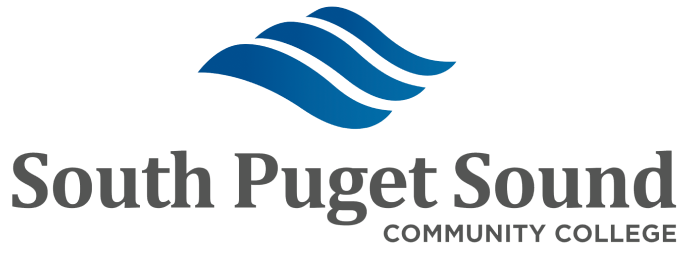1. Purpose
South Puget Sound values diverse experiences and perspectives and strives to fully include everyone who engages with the College. Inaccessible technologies negatively impact people with a variety of disabilities, including mobility impairments, sensory impairments, specific learning disabilities, attention deficits, autism spectrum disorders, speech impairments, health impairments, and psychiatric conditions. The purpose of this document is to provide guidance to administrators, faculty, and staff for fulfilling the College’s commitment to equal access to information technology (IT) through the provision of accessible technologies.
SPSCC makes its offerings accessible to individuals with disabilities in accordance with Section 504 of the Rehabilitation Act of 1973 and the Americans with Disabilities Act of 1990 (ADA) and the Amendments Act of 2008.
2. Scope
With respect to these guidelines, "accessible" IT means a person with a disability is afforded the opportunity to acquire the same information, engage in the same interactions, and use the same services as a person without a disability in an equally effective and integrated manner. A person with a disability should be able to obtain the information as fully, equally, and independently as a person without a disability. Although this might not result in identical ease of use compared to persons without disabilities, it still must ensure equal opportunity to experience the educational benefits and opportunities afforded by the technology.
IT covered by the guidelines includes:
- Websites
- Software applications
- Computers and peripherals
- Video and audio content
- Electronic documents
Examples within the above categories include, but are not limited to:
- Web-based applications
- Learning management systems
- Campus-wide administrative applications
- Content management systems
- Classroom technologies
- Lecture capture solutions
- Cloud-based applications
- Email and calendars
- Library resources
3. Standards
Technologies and standards evolve at a rapid pace. At SPSCC we adhere to the Web Content Accessibility Guidelines (WCAG) 2.1 at the AA level. These guidelines provide a comprehensive set of recommendations for making web content more accessible. WCAG 2.1 AA covers a wide range of accessibility issues and provides specific criteria for text alternatives, adaptable content, distinguishable content, and more.
4. DOJ Ruling 2024
On April 24, 2024, the Department of Justice (DOJ) reinforced the importance of digital accessibility by emphasizing that websites and online services must be accessible under the Americans with Disabilities Act (ADA). This ruling underscores the legal obligation of educational institutions to ensure that their digital content is accessible to all. You can learn more by visiting the American with Disabilities Act article: Fact Sheet: New Rule on Accessibility of Web Content and Mobile Apps Provided by State and Local Governments.
5. Getting Started
This Accessible Technology website is designed to help campus units work toward improving their IT accessibility. The website provides guidance for:
- Designing accessible websites
- Creating accessible PDF, Word, PowerPoint, and other files
- Captioning videos
- Procuring accessible applications and services
- Testing IT for accessibility
- Managing projects for accessibility
Considering accessibility throughout the design and creation process reduces the need for expensive and time-consuming revision. Below are a few tips for creating accessible content and conducting simple accessibility tests.
- Usable without a mouse: Ensure that all links, buttons, menus, and controls in web pages and applications can be used without a mouse, but instead can be navigated using only the keyboard. Whether an interface is functional using a keyboard alone is often a reliable indicator of overall accessibility.
- Document structure: Create web pages, Word documents, and PDF files that have good structure, including the use of headings, sub-headings, and lists that make these documents easier for users to understand and navigate.
- Accessible images: Include alternate text for graphics and avoid images of text. People who cannot see an image rely on alternate text to access its content and all document formats support this feature.
- Test with accessibility checker tools: Use online accessibility checkers and/or web browser plug-ins to identify common accessibility problems. For individual consultation on making IT accessible, contact the Access Technology Center included in the campus resources listed below.
5. Resources
The following resources can assist the SPSCC community in understanding and meeting accessibility goals. These resources can also be used as a reference for vendors and contractors providing products and services to the College.
Resources and Support for IT Accessibility:
- Access Services at SPSCC
- Web Content Accessibility Guidelines 2.O
- Voluntary Product Accessibility Template
- SensusAccess Remediation Application
